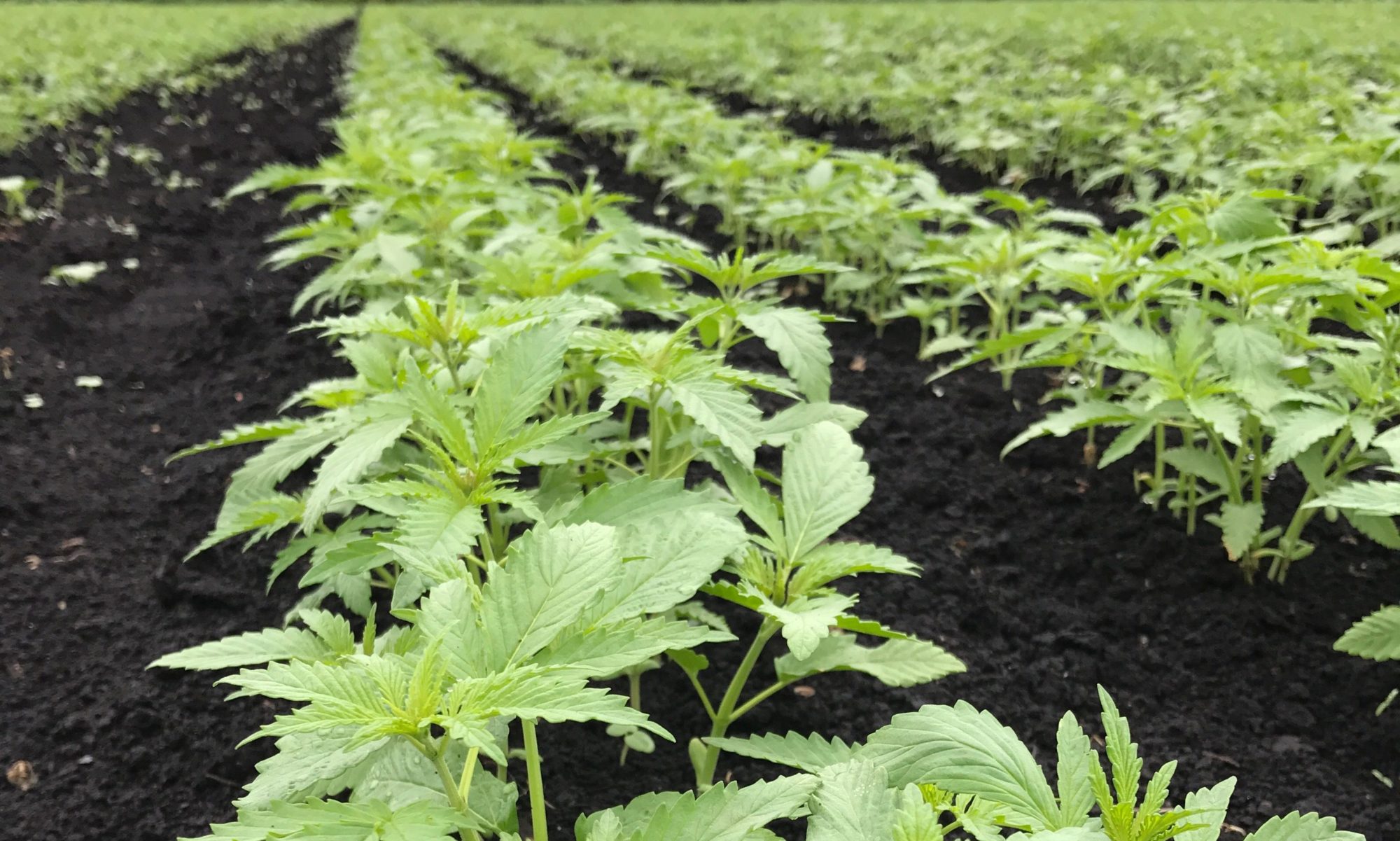Summer Scout/Intern:
In the first update I put a call out for those interested in field scouting. It will be reasonable ($100-200/farm for the season) – yes, THAT inexpensive. The scout will start in early June and collect data into August. She will report to you and collect samples/consult with Cornell as needed. But, shortly I need to know who is interested in scouting so I can start building a schedule of visits. And, not just interest – how many fields/acres you would like scouted. In all likelihood, we will not be able to scout all the acreage but this will help me plan her week. It’s first-come-first serve (within reason) Please let me know your interest ASAP in this. Maire 845-344-1234 or mru2@cornell.edu.
This Week – Transplant Management:
This week we will focus on transplants…there are few scientific sources for hemp transplant production but, using general advice for tomato transplant production is a good place to start…
Excellent General article on transplant production:
Good Resource for organic substrates & fertilizer and production:
http://www.greenhouse.cornell.edu/crops/organic.html
Probably one of the biggest problems with hemp transplants, because they can grow too rapidly, is managing their height for the transplanter. Height or “stretching” is a combination of differences between night temperature and day temperature, levels of light in the greenhouse, water stress, and fertility. It is a complex mix of all of these factors that can make the difference between nice 4-6” transplants and 10” ones. Brushing, known to work on tomatoes to manage height, has not been studied in hemp. Although, Faculty growing transplants have been using brushing thus far in production. They suspect many of the tomato techniques are useful for hemp.
Good tomato height management factsheet:
https://nevegetable.org/vegetable-transplant-production/plant-culture-and-height-management
Watering enough but not too much is as much an art as a science for transplants. Most utilize hand watering. Good website to start:
https://ag.umass.edu/greenhouse-floriculture/fact-sheets/hand-watering-greenhouse-crops-resources
Another area of concern is water quality. In Orange County (and I suspect more of SENY) well water with high to very high pH and alkalinity are common. Over weeks of watering into flat cells (compared to the large quantities of soil in the field or even a much larger container), you can drive the pH of your mix high enough that it is limiting uptake of nutrients and possibly allowing some nutrients to become toxic. Well water for greenhouse use should be checked and possibly amended to counteract this effect. pH testing is good but alkalinity tests are necessary for accurate assessment of potential/current problems. Many water testing labs do this but be sure that what they are testing for is what you want, not just pH. Those who specialize in greenhouse management surely know what you are looking for and will often recommend solution to amend with the testing.
http://www.greenhouse.cornell.edu/crops/factsheets/pHGreenhouseCrops.pdf
Have You Seen This?

(if photo does not display, it’s an attachment for you)
Faculty are testing plants with these symptoms but this could be 2 things:
Normal (not really, but not harmful/contagious) variegation. It seems as some varieties seem to express these mottled leaves more than others. Think freckles and families… If this is the case, these are merely anomalies that can be ignored. They may not grow as well since they are missing some of the chlorophyll to feed them but they are harmless to a producer who is not planning on saving seed from the crop for the next generation.
Mosaic virus. If it is, it was likely transmitted by insects, and in turn, could be transmitted from this plant to another. The insects we are familiar with that transmit viruses in plants are thrips, aphids, leafhoppers, and whiteflies. If you see plants like this, it is probably best to have them tested but most importantly, unless you KNOW it is NOT a virus, quarantine the few that show the symptoms until you have a diagnosis and evaluate the greenhouse or field for potential vectors. Insects can carry the virus in their systems for days leading to additional infections after quarantine/destruction.
Wonderful Website of the Week:
North Carolina State Extension too has an excellent website for hemp. Most notably they have quite a list of seed and transplant suppliers.
https://industrialhemp.ces.ncsu.edu/
Previous Hemp Updates can be found here:
https://s3.amazonaws.com/assets.cce.cornell.edu/attachments/37835/Hemp_Updates.pdf?1557432417
most recent are on first pages.
NY Hemp Exchange/Buy and Sell Board:
It’s not fancy but its effective!
Current Buy/Sell Listings: https://s3.amazonaws.com/assets.cce.cornell.edu/attachments/37547/hempadupdate4-24.pdf?1556201539
To post your own listing (updated ~ weekly): https://cornell.qualtrics.com/jfe/form/SV_e35Eb3pNfpWkqhv

